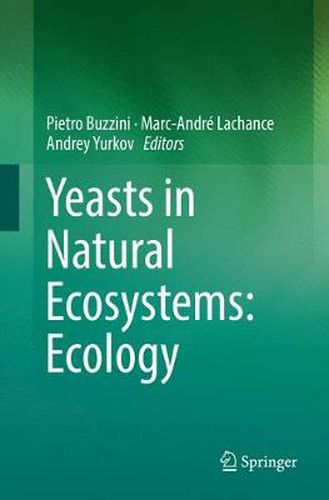Readings Newsletter
Become a Readings Member to make your shopping experience even easier.
Sign in or sign up for free!
You’re not far away from qualifying for FREE standard shipping within Australia
You’ve qualified for FREE standard shipping within Australia
The cart is loading…






This book presents an up-to-date review of the ecology of yeast communities in natural ecosystems. It focuses on their biological interactions, including mutualism, parasitism, commensalism and antagonistic interactions, and is closely connected with the volume Yeasts in Natural Ecosystems: Diversity by the same editors.
Yeasts are the smallest eukaryotic organisms successfully growing under a wide range of environmental conditions. They constantly modify the environment through their own metabolic activities. Although yeasts are among the earlier colonizers of nutrient-rich substrates, their role in ecosystem processes is not limited to the consumption and transformation of simple sugars. They also engage in close relationships with animals, plants and other fungi in the environment as mutualists, competitors, parasites and pathogens. This book reviews the diversity of biological interactions and roles of yeasts in ecosystems and summarises recent concepts and tools developed in community ecology. All of the chapters were written by leading international yeast research experts, and will appeal to researchers and advanced students in the field of microbial ecology.
$9.00 standard shipping within Australia
FREE standard shipping within Australia for orders over $100.00
Express & International shipping calculated at checkout
This book presents an up-to-date review of the ecology of yeast communities in natural ecosystems. It focuses on their biological interactions, including mutualism, parasitism, commensalism and antagonistic interactions, and is closely connected with the volume Yeasts in Natural Ecosystems: Diversity by the same editors.
Yeasts are the smallest eukaryotic organisms successfully growing under a wide range of environmental conditions. They constantly modify the environment through their own metabolic activities. Although yeasts are among the earlier colonizers of nutrient-rich substrates, their role in ecosystem processes is not limited to the consumption and transformation of simple sugars. They also engage in close relationships with animals, plants and other fungi in the environment as mutualists, competitors, parasites and pathogens. This book reviews the diversity of biological interactions and roles of yeasts in ecosystems and summarises recent concepts and tools developed in community ecology. All of the chapters were written by leading international yeast research experts, and will appeal to researchers and advanced students in the field of microbial ecology.